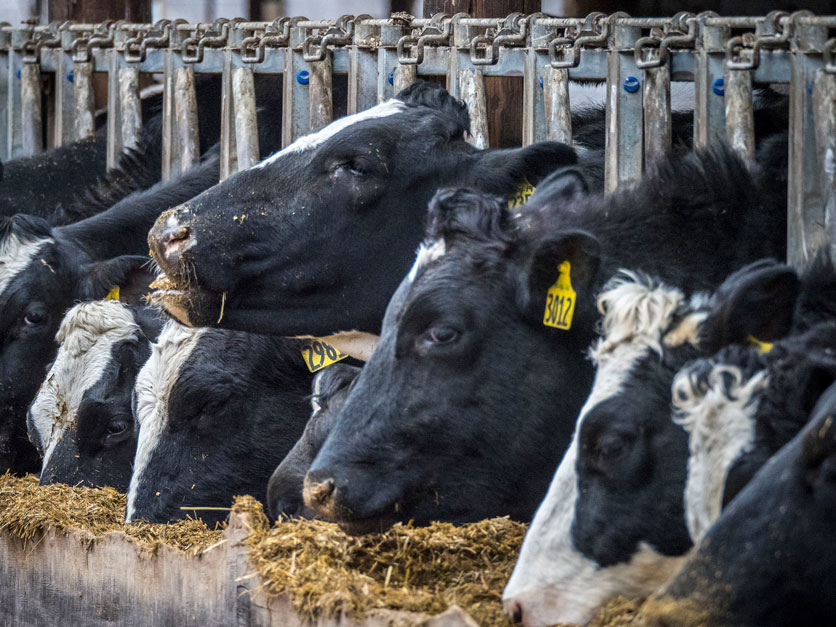The Air Resources Board is looking closely at new products to mitigate enteric emissions, or “cow burps,” to help California meet its 2030 target of reducing livestock methane emissions by 40% under SB 1383.
Dairy Cares Executive Director Michael Boccadoro told Agri-Pulse the state will certainly reduce manure emissions by 40% and get close to the finish line for overall livestock emissions. But feed additives are still needed to meet the second half of the state’s methane goal.
Without any solutions commercially available, CARB cannot add new requirements for reducing enteric emissions. Boccadoro was also skeptical the agency could add regulations to speed up manure methane reductions without making digesters more costly, which would reduce the incentive for an investor or bank to finance such a project.
“If people aren't putting in projects because it doesn't make economic sense, how does making it even harder to put in a project make sense?” he asked, adding that it would mainly hurt the small dairies that don’t already have projects, fueling further consolidation.
Looking for the best, most comprehensive and balanced news source in agriculture? Our Agri-Pulse editors don't miss a beat! Sign up for a free month-long subscription.
Boccadoro hopes the U.S. will soon follow the EU’s lead and approve a new feed additive for the market. He is working with CARB to develop an enteric emissions protocol ahead of that approval that could validate those reductions.
A recent CARB analysis described the state as falling behind on its SB 1383 goal.
But the report did not factor in the 200 digesters currently under construction or incorporate the $32 million in the current budget cycle for methane projects or the $48 million proposed for the next fiscal year.
California’s herd size will decrease much more quickly than CARB has assumed, further reducing emissions, explained Boccadoro. Production will remain about the same through efficiency improvements.
And the dairy industry is not responsible for reducing methane emissions from sheep and beef cattle. Of the nine million metric tons of methane emissions CARB is looking to cut, dairy accounts for less than eight million.


